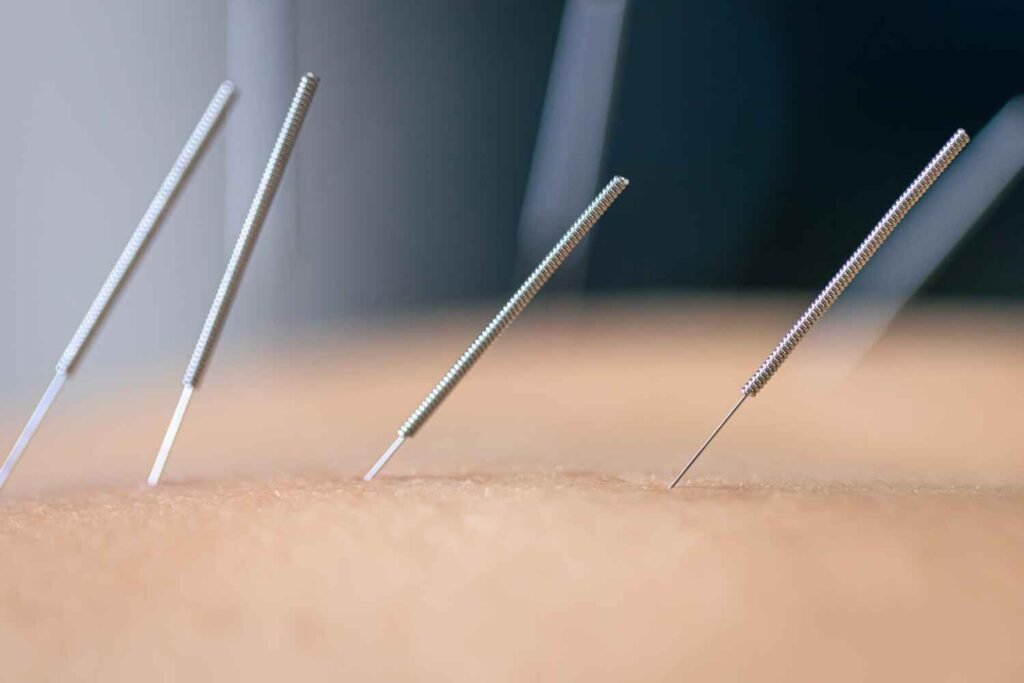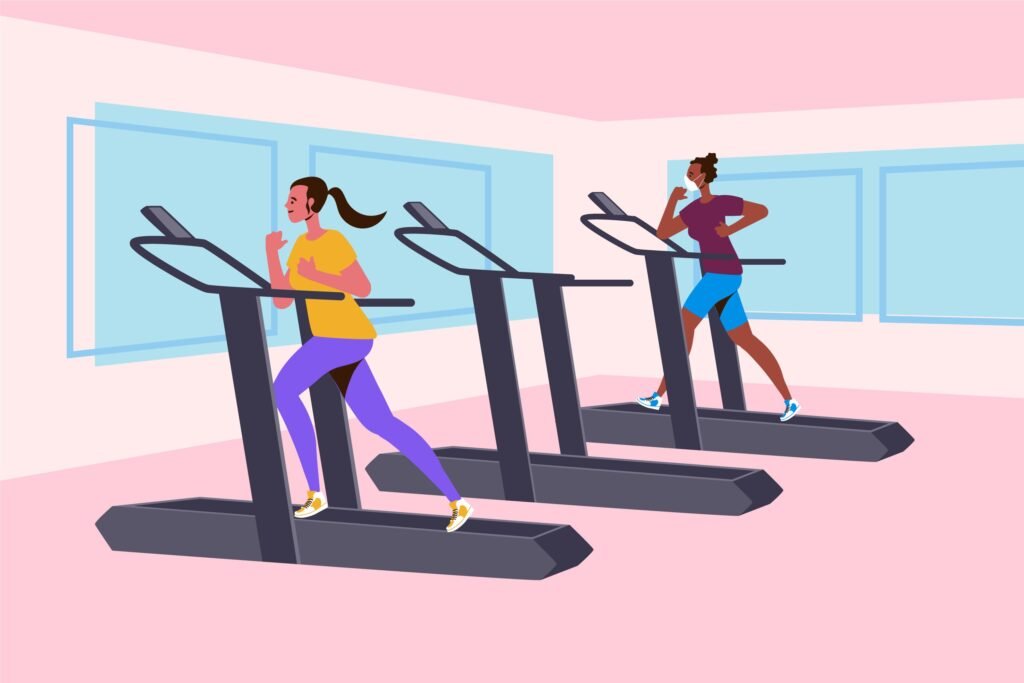
Acupuncture for Pain Relief
Acupuncture has been practiced for over 2,000 years, yet it still garners curiosity and skepticism. Whether you’re someone who struggles with chronic pain or are simply exploring alternative treatments, acupuncture could be the relief you’ve been looking for. This ancient Chinese therapy has gained global popularity, with millions seeking it out for pain management. In this blog, we’ll dive deep into acupuncture’s benefits, how it works, and what to expect from your first session. By the end, you’ll understand how this holistic treatment could be the missing piece in your pain relief journey.
What is Acupuncture?
Acupuncture stems from Traditional Chinese Medicine (TCM) and is based on the idea of restoring balance in the body’s energy flow, called “qi” (pronounced “chee”). This energy travels along pathways known as meridians. When the flow of qi is disrupted, it can result in pain or illness. Acupuncture uses thin, sterile needles inserted into specific points along these meridians to unblock the energy and restore balance. Modern science suggests that acupuncture works by stimulating nerves, muscles, and connective tissue, enhancing the body’s natural pain-fighting and healing mechanisms.
How Acupuncture Works for Pain Relief
Acupuncture may seem mysterious, but there are solid biological explanations for its pain-relieving effects. Studies suggest that acupuncture stimulates the release of endorphins, the body’s natural painkillers. This not only reduces the sensation of pain but also triggers anti-inflammatory responses and improves circulation. The needles also interact with the nervous system to reduce pain perception and can help calm overactive pain pathways that are common in chronic pain conditions.
In simpler terms, acupuncture helps your body turn down the volume on pain signals, offering relief when other treatments may have failed. Whether you’re suffering from back pain, migraines, arthritis, or even post-surgical discomfort, acupuncture can serve as a complementary therapy to traditional medicine.
Common Conditions Treated by Acupuncture
While acupuncture is best known for pain relief, it can be used for various other conditions. Some of the most common ailments treated include:
- Chronic back and neck pain: Acupuncture is frequently used to treat back pain by relaxing tight muscles and increasing blood flow to affected areas.
- Arthritis: Acupuncture can help reduce the inflammation and stiffness associated with osteoarthritis and rheumatoid arthritis.
- Migraines and headaches: Regular acupuncture treatments have been shown to decrease the frequency and severity of migraines.
- Sciatica: This common condition, characterized by pain radiating down the leg, can be alleviated by targeting specific acupuncture points along the spine and leg.
- Fibromyalgia: Patients often experience significant relief in muscle soreness and fatigue.
- Cancer-related pain: Acupuncture has been found to help manage pain and discomfort caused by cancer treatments such as chemotherapy.
This list is by no means exhaustive, but it showcases acupuncture’s versatility. People also use acupuncture to treat digestive issues, menstrual cramps, stress, anxiety, and even infertility. In fact, the holistic nature of acupuncture means that its benefits often go beyond pain relief(
Benefits of Acupuncture for Pain Relief
- Natural Pain Management
Acupuncture provides a drug-free solution for pain relief, making it a great option for those who want to avoid or minimize reliance on painkillers, especially opioids. This is particularly important as the world grapples with opioid addiction issues. Acupuncture offers a way to manage pain without the risks of drug dependence or side effects. - Tailored Treatment
One of the most compelling benefits of acupuncture is its personalized approach. Practitioners don’t just treat the pain symptoms; they assess the individual as a whole. The treatment may involve targeting pain points, but the acupuncturist may also address other contributing factors like stress, anxiety, or poor sleep. - Improved Blood Circulation
By stimulating specific points on the body, acupuncture promotes better circulation. This increased blood flow helps nourish tissues and muscles, enabling the body to heal more effectively. For someone with chronic pain, improving circulation is key to alleviating discomfort and promoting recovery. - Mental and Emotional Balance
Pain often isn’t just a physical experience; it can deeply affect your emotional well-being. Acupuncture helps release tension, reduce stress, and calm the mind. Many patients report feeling more relaxed after sessions, even if their primary reason for seeking treatment was physical pain. This dual benefit makes acupuncture especially appealing for people dealing with both chronic pain and mental health challenges. - Fewer Side Effects
Compared to medications and invasive procedures, acupuncture offers fewer side effects. Some patients might experience minor bruising or soreness at needle insertion points, but serious complications are extremely rare when performed by a licensed practitioner. This makes acupuncture a low-risk treatment option.
What to Expect During an Acupuncture Session
Your first acupuncture session may start with an in-depth consultation about your health history, lifestyle, and symptoms. The practitioner will want to understand your pain and how it affects you holistically. Once your acupuncturist has a good sense of your needs, they’ll decide which points to target during your session.
During the treatment
The needles used in acupuncture are much thinner than those used in medical injections. Most people feel little to no pain during insertion. Once the needles are in place, they may be gently twisted or manipulated. You may feel a tingling sensation, heaviness, or warmth, which is considered a positive response as it indicates the needles are stimulating your body’s qi.
The needles are typically left in for about 15-30 minutes. During this time, many people feel deeply relaxed, and some even fall asleep! Depending on your condition, the acupuncturist may use additional techniques, such as:
- Electroacupuncture: Mild electrical currents are applied to the needles to enhance stimulation.
- Moxibustion: The practitioner burns a small amount of a medicinal herb near the needles to provide heat and increase the treatment’s effectiveness.
- Cupping: Glass or silicone cups are applied to the skin to create suction, which helps stimulate blood flow and release muscle tension.
How Many Sessions Will You Need?
Acupuncture isn’t a one-and-done treatment. While some people may feel immediate relief, most conditions require a series of treatments for long-term benefits. A typical course of treatment might range from 6 to 12 sessions, depending on the severity of the pain and how your body responds.
Patients with chronic conditions, like arthritis or migraines, may benefit from ongoing, periodic treatments to maintain their results. However, even people dealing with acute pain, such as a sports injury, might see improvement after just a few sessions.
Risks and Side Effects
Acupuncture is generally very safe when performed by a licensed practitioner. However, as with any treatment, there are some risks. Potential side effects include:
- Mild soreness or bruising at needle insertion sites
- Dizziness or light-headedness, especially if you’re sensitive to needles
- Minor bleeding
Though rare, serious complications such as infections or punctured organs can occur if acupuncture is performed improperly. To minimize these risks, always seek out a licensed and certified acupuncturist who uses sterile, disposable needles.
If you have any preexisting conditions, such as a bleeding disorder or a pacemaker, make sure to consult with your healthcare provider before trying acupuncture.
Is Acupuncture Right for You?
Acupuncture can be a powerful tool in managing pain, especially when traditional medicine falls short or comes with significant side effects. However, it may not be suitable for everyone. Pregnant women, people with pacemakers, and individuals prone to infections should avoid acupuncture. That said, for many, it provides an effective, natural form of pain relief that supports the body’s own healing processes.
Final Thoughts
Acupuncture offers a unique, holistic approach to pain relief, tapping into the body’s natural ability to heal itself. With its long-standing history, minimal side effects, and a growing body of scientific evidence supporting its benefits, acupuncture is more than just a passing trend. Whether you’re dealing with chronic pain or searching for relief from acute discomfort, acupuncture might be the solution you’ve been seeking. The journey to pain relief could start with just a few needles—gently placed in the hands of a skilled acupuncturist.
This comprehensive overview of acupuncture for pain relief combines both modern scientific understanding and traditional practices. It paints a complete picture of the therapy’s benefits, making it easier for you to decide whether it could be a good fit for your pain management needs.



